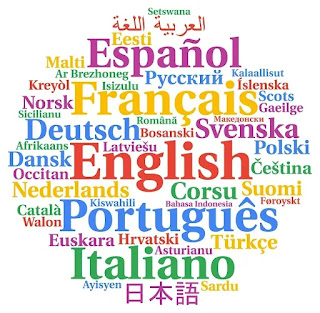As of mid-2025, the world’s nuclear landscape remains dominated by a small group of countries, with a few others suspected of holding undeclared nuclear capabilities. These weapons are primarily categorized as strategic (long-range, high-yield) and tactical (shorter-range, battlefield use). The figures below are based on credible international estimates such as the Stockholm International Peace Research Institute (SIPRI), Federation of American Scientists (FAS), and defense intelligence assessments.
Countries with Declared Nuclear Weapons
1. Russia
-
Total warheads: ~5,580
-
Deployed: ~1,710
-
Stockpiled/reserve: ~2,670
-
Retired (awaiting dismantlement): ~1,200Russia possesses the world’s largest nuclear arsenal, maintaining a full triad of land, sea, and air-based nuclear delivery systems.
2. United States
-
Total warheads: ~5,244
-
Deployed: ~1,770
-
Stockpiled/reserve: ~1,938
-
Retired: ~1,536The U.S. maintains a robust nuclear deterrent, also based on a strategic triad.
3. China
-
Total warheads: ~500+
-
Rapid expansion: Estimates suggest China is building more missile silos and could triple its arsenal by 2035.
4. France
-
Total warheads: ~290
-
Deployed: ~280France relies on submarine-launched ballistic missiles (SLBMs) and air-based cruise missiles for deterrence.
5. United Kingdom
-
Total warheads: ~225
-
Operational: ~120UK's nuclear deterrent is based entirely on its Vanguard-class submarines carrying Trident missiles.
6. Pakistan
-
Total warheads: ~170-180
-
Rapidly increasing its stockpile with short- and medium-range delivery capabilities.
7. India
-
Total warheads: ~164
-
Maintains a policy of minimum credible deterrence with a focus on China and Pakistan.
8. Israel (undeclared but widely accepted)
-
Estimated warheads: ~90
-
Israel follows a policy of deliberate ambiguity. It has not signed the Non-Proliferation Treaty (NPT) and has never officially confirmed its arsenal.
9. North Korea
-
Estimated warheads: ~40-50
-
Actively testing and developing ICBMs and tactical nukes. True numbers are hard to verify due to lack of transparency.
Countries with Suspected or Hidden Nuclear Ambitions
1. Iran
-
Declared status: Non-nuclear
-
Status: Not in possession of nuclear weapons, but intelligence reports indicate advanced uranium enrichment capabilities. Suspicion remains over potential weaponization.
2. Saudi Arabia
-
Declared status: Non-nuclear
-
Status: Alleged to be exploring nuclear options. Strong links with Pakistan have raised concerns that Saudi Arabia could acquire weapons or technology in a crisis.
3. Turkey
-
Declared status: Non-nuclear (NATO member)
-
Status: Hosts ~50 U.S. B61 nuclear bombs at Incirlik Air Base under NATO nuclear sharing, but has no independent nuclear capability.
4. South Korea & Japan
-
Declared status: Non-nuclear
-
Status: Both have advanced civilian nuclear programs and technological capability to weaponize quickly if needed. Japan holds large stockpiles of plutonium.
Global Nuclear Warhead Count Summary (2025)
| Country | Estimated Total Warheads |
|---|---|
| Russia | ~5,580 |
| United States | ~5,244 |
| China | ~500+ |
| France | ~290 |
| United Kingdom | ~225 |
| Pakistan | ~170-180 |
| India | ~164 |
| Israel | ~90 (undeclared) |
| North Korea | ~40-50 (undeclared) |
Global Total (approx.): Over 12,300 nuclear warheads, of which around 9,500 are in active military stockpiles, and the rest are retired or awaiting dismantlement.
Key Observations
-
The nuclear arms race is not over; China, India, and Pakistan are modernizing and expanding.
-
The U.S. and Russia continue to possess over 85% of the world’s total nuclear weapons.
-
Undeclared programs and suspected capabilities pose serious challenges to international arms control.
-
The Non-Proliferation Treaty (NPT), though effective in many areas, does not apply to Israel, India, and Pakistan, who never signed it.
-
North Korea’s nuclear defiance remains a major global security concern.





